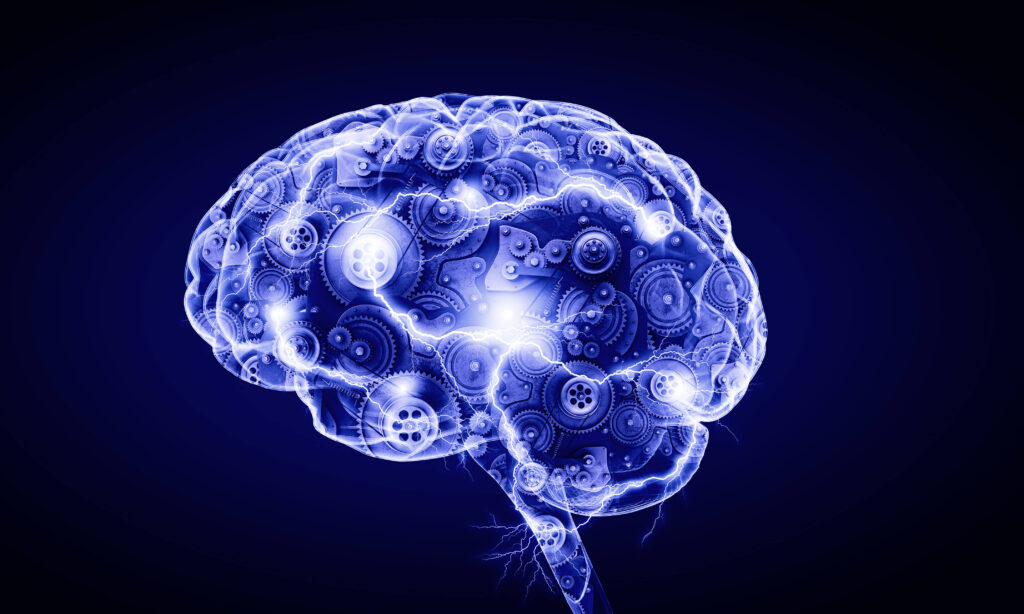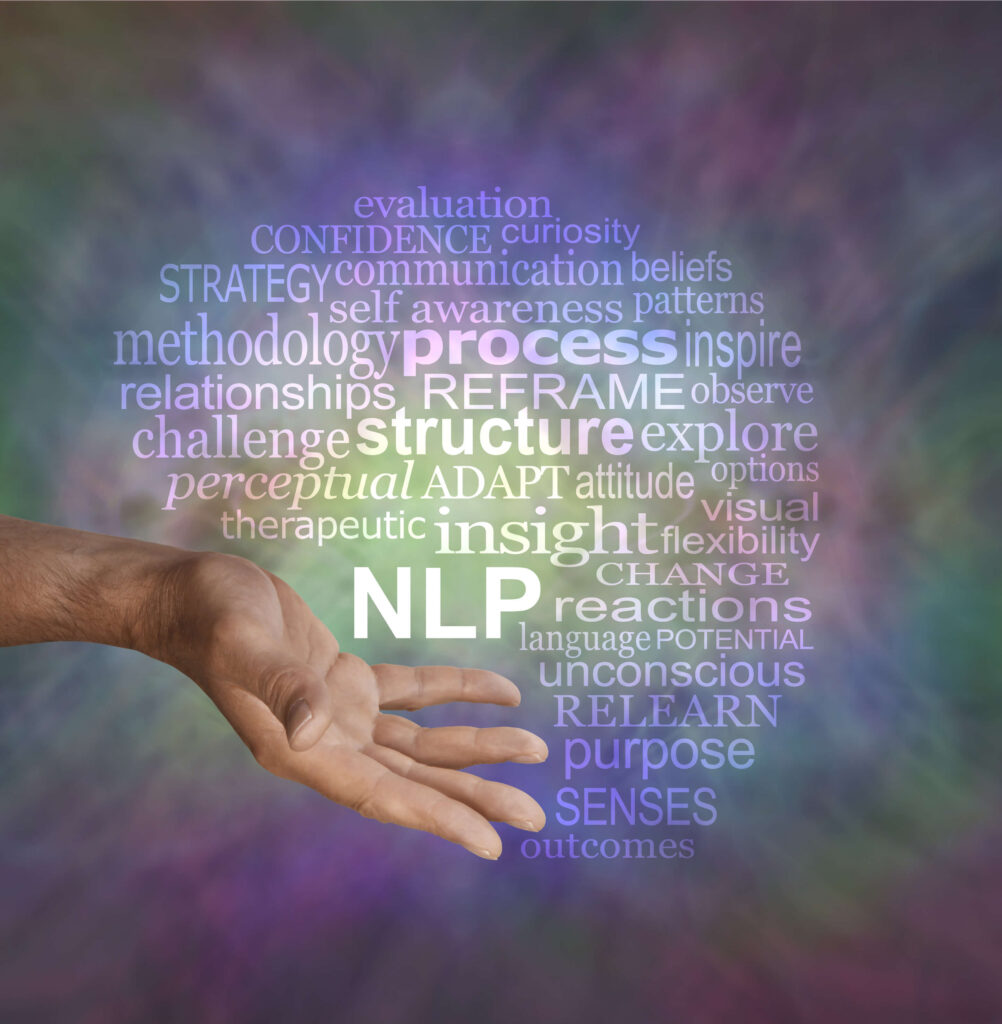NLP Practitioner Training Course
April 21, 2025 2025-08-22 10:06NLP Practitioner Training Course



Do you feel that you have the potential to provide support, but lack the right tools?
NLP is a powerful method for transforming communication and supporting sustainable change.
Your Coach
Neuro-Linguistic Programming
My Goal For You

Neuro-Linguistic Programming
What is NLP?
Neuro-Linguistic Programming, NLP, deals with the question which factors determine our experiences and how we interpret them. In other words: NLP is dedicated to the study of human subjectivity.
Based on a direct benefit: "It's a method of change that works where words alone are not enough".

Neuro-Linguistic Programming
How is this Training Different/Powerful?
- Becoming a real practitioner, not just “following a theory”.
- Support from an experienced trainer
- Recognised certification
- Practice+ supervision
- Support even after training (loyalty bonus)
What you will learn (modules / programme)

This 2-module course is ideal for anyone wishing to learn the basic tools of NLP and obtain NLP Practitioner certification. The special feature of this course is that you have the opportunity to broaden your skills with a method that is still little known in Switzerland: the New Code in NLP, in order to bring about even faster and more lasting changes. I am one of the only trainers in Switzerland who is approved and certified by ITCA to be able to teach and certify this method.
September 12–14, 2025
October 3–5, 2025
October 31–November 1, 2025
Exam Day: December 14, 2025
Schedule: Friday 1:00 p.m.–7:00 p.m. | Saturday and Sunday 9:30 a.m.–5:00 p.m.
Investment: CHF 1,790 (includes certification and second examiner fees)
Calibration
Refine your perception and acquire the ability to distinguish between conscious and unconscious signals in non-verbal communication.
Different Perceptual Positions
The difference between associated and dissociated, with particular emphasis on the 3 positions of perception (use of the 1st, 2nd and 3rd positions), with full competence to move quickly and cleanly from one position of perception to another.
We’re also going to look at the differences between description, interpretation and evaluation.
Establish and maintain rapport
Successful communication requires a bond of trust. Learn to adapt quickly and smoothly to the communication (both verbal and non-verbal) that the other person is using.
Pacing and leading
Mirroring / cross-mirroring
Visual and auditory alignment
Well-formed outcome
Define goals that suit you and achieve them! The power of intention
Epistemology
How do we know what we know?
Find out how we work with the content of an experience to form our internal maps of the world.
Representation systems
The ability to recognise the preferred representation system by :
eye movements
predicates
voice quality
Guiding clients from one representational system to another (the 3 – visual, auditory, kinaesthetic).
Patterns of synaesthesia
Submodalities
Learn and understand how to use them, both as an intervention and as a measure of the effectiveness of change work
Mapping
Map Across
Linguistic Models
Learn to recognise language patterns and ask effective, specific questions.
The meta-model and its 13 model distinctions
Simple hypnotic patterns
Use inductions and language patterns to exploit both desired and spontaneously occurring altered states
Recognising and using the language patterns of Milton’s model
Metaphores
Discover the power of an extraordinary force of expression and influence.
Isomorphic / homomorphic metaphors
Anchoring
Learn how to use the existing resources within yourself or the person you are talking to to bring about successful change.
Using anchors in change formats
Changing personal history / re-imprint
Collapsing anchors
Interventions on the timeline
Spatial anchoring (Circle of excellence)
Logical Levels
Logical levels and types
Involuntary and unconscious signalling systems
Use of natural involuntary systems (pain and sensations associated with health, illness and dreams)
N-Step Reframing (former Six Step Reframing)
Working with ‘unconscious intention’ through calibration and working with involuntary and unconscious signals.
Tasking (in particular for changing belief systems)
The ability to propose parallel tasks that correspond to the client’s ‘current problem’, in order to bring about a change in the client’s circumstances, by directly involving their conscience.
Interventions with parties
Negotiation between parts
Parts integration
Forming a team
November 2, 2025
November 21–23, 2025
December 13, 2025
Exam Day: December 14, 2025
Schedule: Friday 1:00 p.m.–7:00 p.m. | Saturday and Sunday 9:30 a.m.–5:00 p.m.
Investment: CHF 1,990 (includes certification and second examiner fees)
Module 2, the New NLP Code, is based on Module 1.
Therefore, if you already have an NLP certificate attesting to the skills mentioned, you don’t need to take part in Module 1. To do this, I’ll need a copy of your certificate attesting to your mastery of the parts of Module 1, and I’ll take the liberty of checking your skills during an exchange to ensure that Module 2 runs smoothly for you. But practice makes perfect, and everyone passes on the content in their own way!
Perhaps you’ll learn something more… ?
Chain of excellence
Breathing-physiology-state-performance
Perceptual Positions
The difference between associated and dissociated with particular emphasis on the triple description (use of 1st, 2nd and 3rd positions), with full competence to move quickly and cleanly from one position of perception to another.
New Code Games
The aim of these games is to achieve a “state of optimised thinking and action” by simultaneously engaging both cerebral hemispheres in the visual, auditory and kinaesthetic channels, producing a natural state of enhanced performance.
- Alphabet
- NASA
- Croydon Ball
- Alpha Touch
New Code “state builder” et “state cleaner”
- The breath of life
- Walk with X and Y
- Rhythm of life
- Peripheral vision exercises
- Automatic application of the New Code
Trigger point exercises
Sanctuary
To deal with undesirable states that emerge quickly and deprive a person of their control, or that gradually intensify without the client recognising the negative transition, until they find themselves deeply rooted and trapped in this disadvantageous state.
Language models
- Framing
- Paraphrasing and mesophrasing to clarify perception.
- The verbal package
Epistemology
f1 Transforms / First Access / f2 Transforms / Linguistic representations
Be able to identify the above distinctions and understand how they affect mental processing at different points in the representation.
Be able to design interventions and understand the leverage point of that intervention in the epistemological distinction.
Logical Levels
Logical levels and types
Involuntary and unconscious signalling systems
Use of natural involuntary systems (pain and sensations associated with health, illness and dreams)
N-Step Reframing (former Six Step Reframing)
Working with ‘unconscious intention’ through calibration and working with involuntary and unconscious signals.
Instalment payment available – contact me directly.
During this inductive training course, you will learn how to apply these methods directly and practically in your own environment, in order to achieve concrete results for yourself and others, improve communication and collaboration between team members, and much more!
Who is this Course For?
1. Individuals
Personal development
Improve self-perception and understanding of one's own thinking and behavioral patterns.
Learn to define and achieve your own goals with precision.
People in the process of change
Helping to reorient one's life through targeted interventions (e.g. anchoring work, working with "parts").
Recognize and dissolve blockages caused by unconscious beliefs or patterns.
People interested in relationships and communication
Strengthen interpersonal relationships through effective communication strategies.
Ability to better resolve conflicts by changing perspective.
People prone to stress or burn-out
Building resilience and working on one's own resources.
Use of NLP techniques for stress management and emotional regulation.
2. Executives and managers
- Improving communication skills (verbal, non-verbal, para-verbal)
- Ability to clearly define objectives and achieve them through specific strategies
- romoting empathy and negotiation skills through perspective-shifting and rapport-building techniques.
- Effective conflict management by understanding and working with different levels of perception and belief systems
3. Coaches, consultants and therapists
- Use of anchoring techniques, metaphors and linguistic models to help their clients.
- In-depth insight into unconscious signals and patterns (e.g. eye movements, voice and language)
- Supporting change processes through submodal work and timeline interventions.
4. Trainers and educators
- Transmit knowledge by adapting it to participants' preferred representation systems (visual, auditory, kinaesthetic).
- Development of teaching methods adapted to the target group's individual learning style
- Using tasking and metaphors for sustainable learning.
5. Health and psychology professionals
- Use of reframing techniques to work on internal conflicts and beliefs.
- Help patients or clients manage psychosomatic disorders and health-related challenges.
- Using linguistic and hypnotic models to promote healing and relaxation.
6. Entrepreneurs and freelancers
- Learning strategies to better achieve goals and make decisions.
- Use of reporting and negotiation techniques in customer interviews and business development.
- Using NLP methods for self-optimization and motivation.
👉 Ready to Take the Next Step?
Join the next cohort of certified NLP Practitioners and learn the most complete and original form of NLP available today.
Testimonials
They have said... an excerpt of my clients' feedback
Many thanks for the coaching!
Julien
Georg helped me shift my mindset to achieve my goals.
Natalie
I've been coached by Georg Krause for almost 1 year now
Paola
Thank you Georg Krause for this wonderful NLP and NLP New Code training.
Elena
The training I underwent was a trigger for an extraordinary transformation.
Cédric
Very Good Experience
Patrick

About Your Trainer
Georg Krause
Georg Krause is the only German-speaking certified New Code NLP trainer in Switzerland, trained directly by the co-creators of New Code NLP. With nearly 20 years of experience, Georg brings depth, warmth and clarity to each training—integrating systemic coaching with cutting-edge NLP.
Frequently Asked Questions
Do I have to complete both certificates – Classic Code and New Code?
The Classic Code forms the essential foundation of NLP and is a prerequisite for learning the New Code.
That’s why these two parts are designed to build on each other – but they can also be booked separately.
If you already hold a recognized Classic Code Practitioner certificate, you’re welcome to register for the New Code module only (upon proof of qualification).
If you're starting from scratch, we recommend the complete training, as it provides the most coherent and effective learning experience.
And remember:
Repetition is the mother of skill.
Even if you’ve already done Classic Code training elsewhere, many experienced participants choose to refresh and deepen their knowledge – especially with our unique approach integrating both codes.

